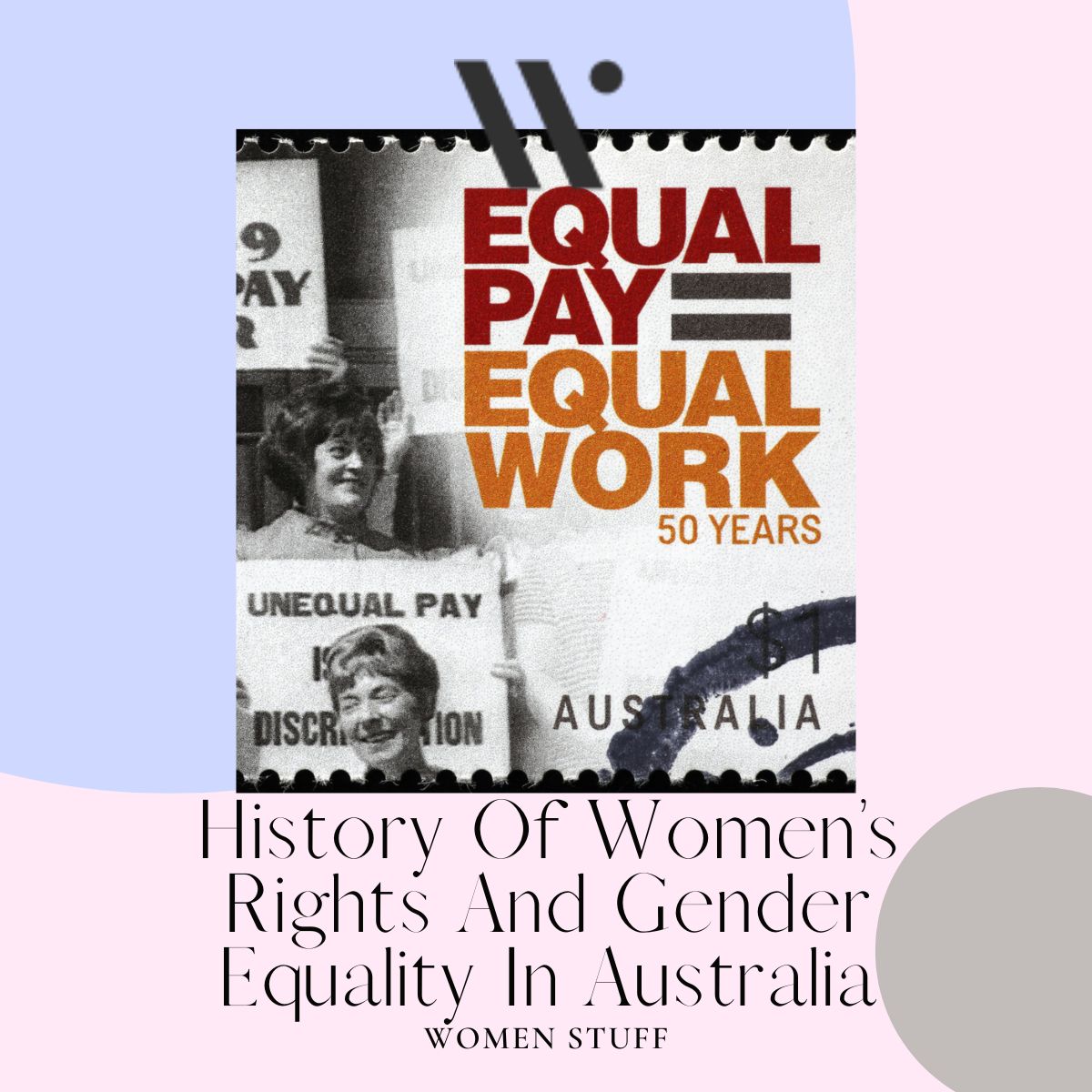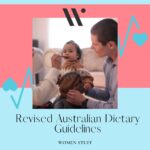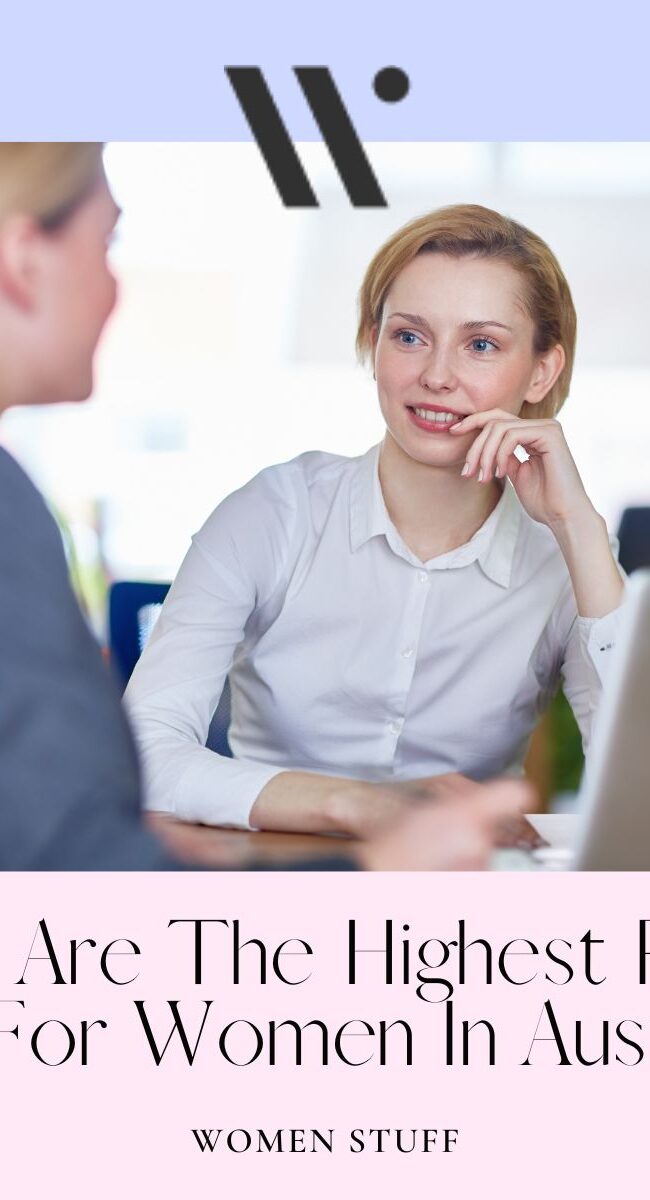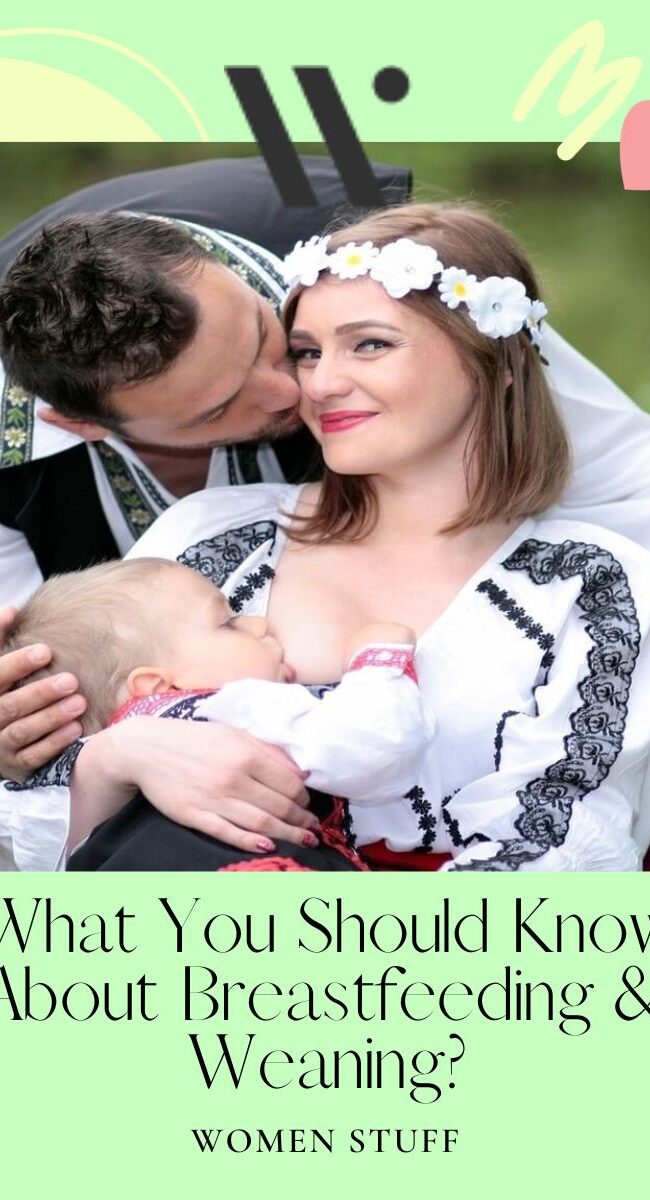
History of Women’s Rights and Gender Equality in Australia
History of Women’s Rights and Gender Equality in Australia
In Australia, women’s rights have come a long way. We are able to get an education, vote, work in whatever job we desire and hold positions in government but we still have a long way to go. You may think gender discrimination doesn’t happen much nowadays but it still does no matter where you live. Regardless of whether you live in South Sudan where many women struggle to obtain an education or whether you are a well-educated woman from an upper-middle-class family in Sydney.
Women’s rights have come a long way and are improving year by year. People are becoming more aware of microaggressions and sexist behaviour and we as a society are starting to stand up for ourselves and our fellow women. It will be interesting to see how far we come in the next 20 or so years here in Australia and throughout the rest of the world.
Decades ago women in Australia fought for their rights to work, vote and buy their own homes. Less than 40 years ago unmarried women were unable to obtain a mortgage in Australia as it was believed that women would eventually stop working and begin child-rearing. It is important to acknowledge the work our “foremothers” did to help the history of women’s rights in Australia.
Not long ago In Australia, women’s rights were not like what they are now today. A lot of our ancestors have fought and rebelled from the norms, which made a huge impact on how women are seen currently. Thus, it must be integrated into us what history is like, to be able to understand more how women should be in these gender-biased times today; we can’t help but notice that there is still a great disparity on how women are foreseen today vs how men are still seen as the dominant sex.
150 years ago, women did not have any essential right to society at all; no right to vote, no access to reproductive health, no right to own property, and no right to hold any government office. However, things have changed, although not overnight as we wanted it to be, but for better and empowered Australian women. Here is the history of women’s rights in Australia.
1884: First Women’s Suffrage Society Forms
The Society was founded by Henrietta Dugdale and Annie Lowe and became the podium for women to have access and the right to vote for public office in Australia. Dugdale was one of the founders of the society, who advocated extensively women’s suffrage, women’s property rights, alongside the right for women to be admitted in universities in 1968. She was also known as a freethinker, leading the way to the society’s platform as ‘To obtain the same political privileges for women as now possessed by male voters’. Dugdale and Lowe also had radical ideas for women to be able to have the freedom in choosing what’s best in society for them like education, marriage, and even the rational dress for women. Thus, this jump-started the freedom of women to be able to include them with the decisions not only within them but with the society as a whole.
1890: The Working Women’s Trade Union is Established
Apart from the difficulties experienced by women in Australia’s male-dominated society since time immemorial, they also struggled to hold office in the trade unions in the country. By the start of the 1800s, trade unions emerged as restricting women’s participation in the working class. Women were only limited to certain jobs like hairdressing and dressmaking until the 1870s. However, when the Working Women’s Trade Union was established in 1890, women began occupying positions in jobs other than the usual ones; almost 80% were employed in community services; wholesale and retail, finance, property, and business. Although they posed the same jobs as men, women were initially paid less, even though they acted the same jobs and did skills as men in office. But still, it initiated the essence of women to be in the working class, almost disintegrating men as the only breadwinner of the family, as other women chose not to get married and opted to have stable income especially for bigger families who could not compensate with the income of the “male breadwinner” alone.
1891: The Age of Consent raised from 13 to 16 years old
In the old times, prostitution was very prominent especially in the brothels of Australia. Girls were trafficked to be sent to the streets and other countries such as the UK, and later on, forced them to be in the illegal working class of purity sales. Consequently, W. T. Stead’s series of articles entitled The Maiden Tribute of Modern Babylon provoked the modern reformers of the British Empire to raise the legal age to 16 years old, to be able to prevent child prostitution from circling Britain and its colonies, mostly targeting to avoid underaged girls from being trafficked to different countries. This enabled women to take the legal way of skilled working, making them feel more accepted in the male-dominated working class back in the day.
1891: Petition for Women’s Right To Vote
In the same year, women also made a way for legislators to appeal to their cries of freedom and equality in the public face. The Victorian Suffrage Petition was one of the biggest movements in Australia’s gender equality history as they garnered a booming 30,000 signatures and addresses from women all over Victoria who wanted to have the right to vote for public office. This was called a “Monster Petition” wherein many fabric-backed sheets were rolled together and made into a scroll approximately 260 meters long by 200 millimetres wide. It is a visual legacy that upholds the era of women empowerment, bearing statements ‘that government of the People, by the People and for the People should mean all the People, not half’, and ‘that all Adult Persons should have a voice in making the laws which they are required to obey. In 1894, efforts were realized as the South Australian Parliament became the first in Australia to extend suffrage to women of legal age.
1894: Equal Education For The Blind And The Deaf
While education was not a fundamental right for girls and additional needs children back in the day, the Elementary Education Amendment Act made sure that everyone shall receive an education no matter what gender or circumstance they are in.Thus, anyone was able to receive education and specialist schools for those with additional needs were established.
1895 – 1903 Women With The Right To Vote And Stand For Election In South Australia
The efforts of the ‘Monster Petition’ were realized, and South Australia was the first colony to be able to allow women to run for public office, much more the right to vote. The colony was the 4th in the world to do so, disregarding the male culture as the only ones eligible to stand for any public position. Moreover, the Commonwealth Franchise Act also made it a point for non-indigenous women to run for federal office and therefore stand for the Australian Parliament. Seven years in the making but sure is a good shot for the betterment of women’s rights. In 1903, a reformist by the name of Vida Goldstein was the first woman to run for Parliament, who made a platform for equal work and equal pay, women’s rights to own property, and also to abolish child labour.
1919-1920 Susan Grace Benny And Mary Rogers Hold Public Positions
Susan Grace Benny held a local position on 22 December 1919 and became the first female member of the local government. Nonetheless, on 5 November 1920, Mary Rogers was also elected as councillor in the Richmond City Council and was the first female to hold such a position in Victoria alone.
1943: First Woman To Be Elected In The Senate And The House Of Representatives
Enid Lyons was elected to hold a position in the House of Representatives. More so, Dorothy Tangney was also elected to represent WA and became the first woman senator in Australia. In a more plausible sense, women’s rights became bigger than just in the local areas; they have grown national.
1966: Marriage Bar for women lifted
The Marriage Bar was one of the most peculiar and gender-biased laws in Australia wherein women had to stop working once they got married. This led to many women hiding their marital status. Shockingly when Prime Minister Robert Menzies was in office he refused to remove the Marriage Bar Law and kept saying it was “under consideration” It wasn’t until his retirement in 1966 when the Marriage Bar was then lifted. It is hard to believe a law like that existed today.
1970: Victorian Aboriginal and Islander Women’s Council forms
Following the 1967 Constitutional Referendum in recognizing Aboriginal women and men as citizens, the Victorian Aboriginal and Islander Women’s Council lobbied important amendments in the constitution for Aboriginal people to have equal access to cultural preservations, land ownership, and the employment of Aboriginal workers. This made sure that every woman and man in Australia had every right to a safe and communal space, both in the streets and in the workplaces where there was no room for them back then. Hard to believe that it took until 1970 for our native landowners to be considered citizens. That is shocking.
1972: Contraceptive Pill Becomes Widely Available
With the outcry to make abortion legal for women to be able to have the freedom to choose, The Women’s Electoral Lobby increased pressure on Labor to have an open-minded approach to the availability and common use of contraceptives. The Prime Minister heard, and so high taxes on contraceptive pills were lowered down and even became a part of the National Health Scheme list to make women have the freedom to control and prevent unwanted pregnancy.
1972 – 1974: Single Mother’s Benefit, Paid Maternity Leave, and Equal Minimum Wage
This law was initially made for women who were not given child support from their children’s fathers (those in prison and mental hospitals, and for divorced women) as they cannot get a widow’s pension. To further the benefit, paid maternity leave was passed in 1973, enabling mothers to have 12 weeks paid and 40 weeks unpaid leave (up to 52 weeks in 1979) once they bear a child.This actually improved the australian economy as women were able to return to work after taking time off. This allowed them to secure financial stability for their children. Nevertheless, the demand for the fair wages of women and men working in the same skilled environment was then extended by the Commonwealth Conciliation and Arbitration Commission, and women got to work full time just like men.
1983: Convention on the Elimination of All Forms of Discrimination Against Women
The United Nations adopted the International Bill of Rights for Women and upheld that women should not have to face any type of discrimination in all aspects. Nevertheless, this was associated with all types of women, including lesbians which were then put in the Victorian Women’s Liberation and Lesbian Feminist Archive Inc to be used in future educational and research purposes.
1986 – 1990: Women in National Offices
Joan Child was the first female speaker in the House of Representatives in 1986, while Janine Haines was the first female to be the leader of the Australian Democrats. Following their footsteps were Mary Genevieve Gaudron QC who was the first female to be appointed as a High Court Judge in 1987, and Joan Kirner AC as the first and only female Premier in the 1990s.
1995: Amendment To Outlaw Sexual Harassment On Women
The amendment was aimed to protect all women of all ages, to prevent them from being sexually harassed regardless of age, lawful sexual activities (must be with consent), pregnancy, race, marital status and beliefs.
2005: Victoria abolishes Law of Provocation
If a woman commits murder against a long term domestic abuser they are given the right to a lesser or no sentence and are charged with manslaughter rather than murder. The crime is considered an act of self-defence.
2008: Abortion Decriminalized in Australia
This law allowed women to terminate an unwanted pregnancy at up to 24 weeks gestation and medical personnel must perform such a procedure if a woman wants to terminate a pregnancy. This made abortion available for those who wanted and needed it.
2008 – 2010: First Female Governor and Prime Minister
Dame Quentin Bryce was the first and only woman in Australia to hold the position as a governor in 2008, whereas Julia Gillard was the first woman to hold office as Australia’s Prime Minister.
2015: Victorian Royal Commission on Family Violence
The Commission enables the protection of women and men alike to be victims of family violence. However, the majority of the perpetrators are men, and women and children are the usual victims of household violence. The commission called for women and child protection, ensuring that all have the same ability to provide the safest home.
2019: Gender Equality Bill
The Gender Equality Bill was passed in the Victorian Parliament and later was recognized as a law in 2019 to strengthen that gender-based is non-negotiable. For the first time, a gender-based law was passed in Australia.
A lot of great historians have commended the activism of women in Australia. From suffrage to equal rights like men, many have succeeded in building a stronger nation, disregarding gender to be a fundamental need for women to associate themselves in the country. There are still a lot of great stories women have made over the past decades, and it sure is an important agenda to know the roots and better build sweeter fruits for our sisters not only in the country but also internationally.
The cries and efforts have been realized well, and we could not help but appreciate what our foremothers have built. You might now know it, but perhaps you’ll be one of the strong women to give more rights and access to a whole lot more in society.





